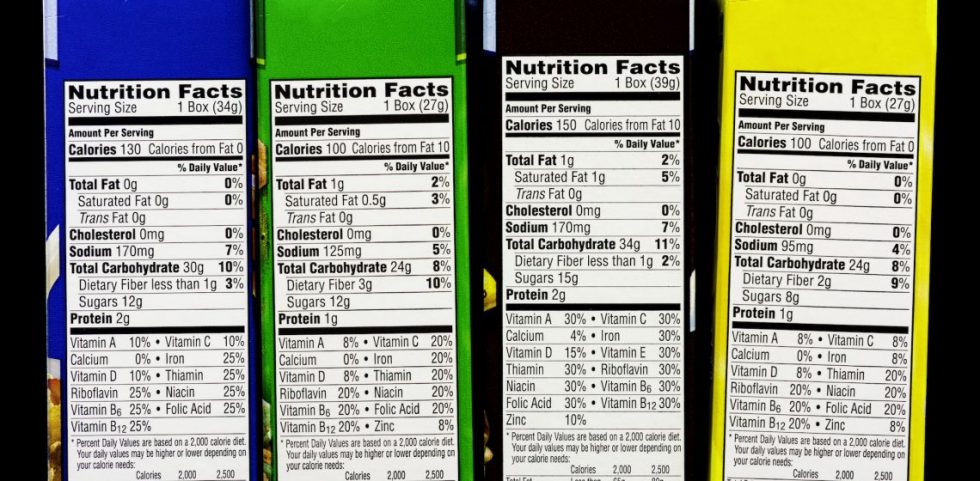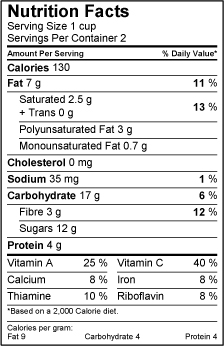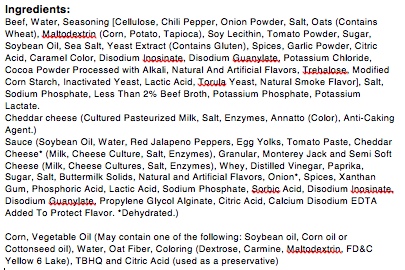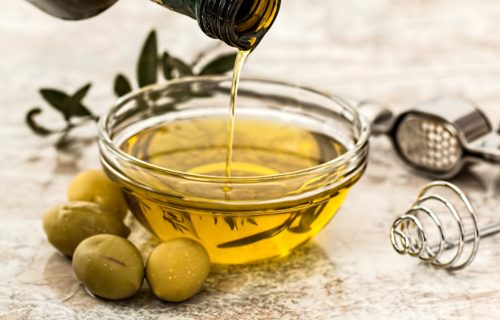
Decoding Nutrition Labels
Do you know that manufacturers intentionally choose their serving sizes to make is seem that foods are healthier than they are?
Unfortunately, there are very few standards when it comes to food labels in Canada. Learning to understand food labels, is one of the best ways that you can gain control of your health.
Let’s take a look at what things really mean.
The Nutrition Facts Label
Serving Size: This is not a “recommended” amount. It does not account for an individual’s caloric needs. Manufacturers can manipulate this amount to make it seem that things like the calories are not that high when really we eat much more than the recommended serving size. Serving sizes are also inconsistent between products.
% Daily Value: This percentage is the amount of a nutrient based on a 2,000 calorie per day diet. So, if you were consuming a 2000 calorie per day diet, then you would get 18% of your daily fat intake from the 11 g of fat in the above food.

Calories: The number of calories in that serving size
Fat: With fat you want to think about quality not quantity! Avoid products containing trans fats. You should limit saturated fat to about 1/3 of the total fat and look for healthy poly and monounsaturated fats.
Sodium: Aim to consume 1,500-2,000mg/day. A “sodium-free” claim means the amount of food specified in the Nutrition Facts table contains less than 5 mg of sodium.
Carbohydrates: Total carbohydrates are comprised of starch, sugar and fibre. Try to consume 40+g fibre/day. Ideally, there should be less than 2g of sugar for every 5g of carbohydrate.
Vitamin and Minerals: Manufacturers are only required to list the amount of Vitamin A, Vitamin C, Calcium, and Iron in a product.
- Vitamin C degrades so rapidly that the amount listed on the label is not correct.
- If a health claim is made about a product containing a vitamin or mineral, Health Canada requires them to list it. So if they say this product is high in vitamin D, they have to list the amount.
Ingredients List
The ingredients are listed in descending order in terms of quantity. For instance, if wheat is the first ingredient, that means the food has more wheat in it than the next ingredients. So if sugar is the second ingredient that means a lot of sugar.
However, the following ingredients don’t have to follow the descending order rule:
- Spices, seasoning, herbs (except salt)
- Natural and artificial flavours
- Flavour enhancers
- Food additives – except ingredients of food additive preparations
- Vitamins
- Salts or derivatives of vitamins
- Mineral nutrients
- Salts of mineral nutrients
What does this mean? Your food could contain a lot more artificial flavours than you think.
Ingredient List - General Rules
- The fewer ingredients, the better.
- Sugar should be one of the last ingredients, not the first, second, or third.
- If you do not recognize more than 2 ingredients or can’t pronounce them – DON’T BUY IT!

Other Facts about Food Labeling
- Labels do not include silent chemicals – pesticides, agricultural chemicals, medications, environmental toxins.
- Artificial Colour
- In Canada, eight artificial dyes are permitted in food, with two others for restricted use only, labelling only required to list ‘colour’
- Many are derived from coal-tar and petrochemicals
- Studies have found links between artificial food additives and hyperactivity, allergies (eczema, asthma) and cancers
- The term flavour can include incidental additives’ such as solvents, emulsifiers and preservatives. There are 2000 “flavours” in total – 500 natural, 1500 synthetic.
- The term “light” is allowed only on foods that are either “reduced in fat” or “reduced in energy” (Calories). “Light” can also be used to describe sensory characteristics of a food, for example light tasting or light coloured.
- “Low fat” means that the food contains no more than 3 grams of fat in the amount of food specified in the Nutrition Facts table.

Decoding the nutrition label is a great first step towards making smarter, healthier choices for you and your family. I hope this has helped teach you how to navigate through the overwhelming numbers and phrases. Remember, natural, real foods, that are not packaged are the foods that pack the nutrient punch!



